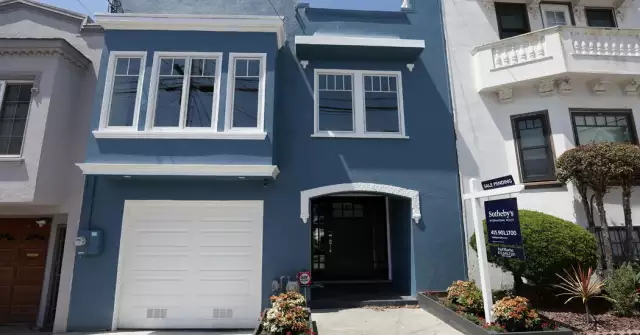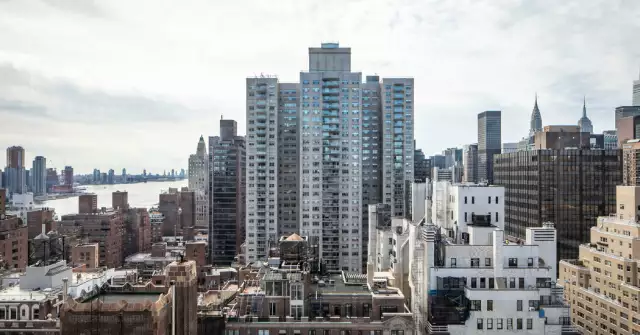Where Can You Still Buy a House for Less Than $150,000?
Where Can You Still Buy a House for Less Than $150,000?
A record 8.2 percent of homes in the United States are now worth $1 million or more, up from 4.8 percent just two years ago, according a March report from Redfin. New research shows that some large cities still have affordable homes available, but they’re becoming more scarce.
In a recent analysis of the most populous and expensive U.S. cities, the real estate analysis firm Point2 found that five of them — San Francisco; Irvine, Calif.; Oakland, Calif.; Gilbert, Ariz; and Henderson, Nev. — had zero starter homes, or those listed for less than $150,000, available on the market.
“The basic need for housing is so critical and essential,” said Doug Ressler, the manager of business intelligence for Yardi Matrix, a division of Point2’s parent company, Yardi Systems. “Right now, the thought is that the affordability of homes is declining.”
According to the Point2 study, the share of affordable homes on the market was greater than 10 percent in only two U.S. cities: Mesa, Ariz., and St. Petersburg, Fla. The percentage of affordable homes fell considerably from there. In Dallas and Tampa, Fla., the next two cities on the list, the share of affordable homes was a little more than 5 percent.
For its analysis, Point2 looked at the 50 most populous U.S. cities with the highest median home prices, and then ranked them by the share of listings below $150,000 in the last week of March on four websites: Point2, Zillow, Redfin and Realtor.com.
The results were often hyperlocal, with neighboring cities having wildly different markets. For example, in the Phoenix satellite city of Mesa, the share of affordable homes was nearly 15 percent; in neighboring Gilbert, the share was zero. Honolulu ranked fifth among the top 10 cities with the highest portion of affordable homes, with just under 5 percent, even though it had a relatively high median home price of $870,000.
The disparities are often a result of public policy and local ordinances aimed at increasing affordable housing, Mr. Ressler said, pointing to states like California and Connecticut, which have revised zoning laws to give communities more flexibility to increase housing density.
“People have to find the right fit, the right size shoe,” he said. “Not every policy will fit everywhere.”






